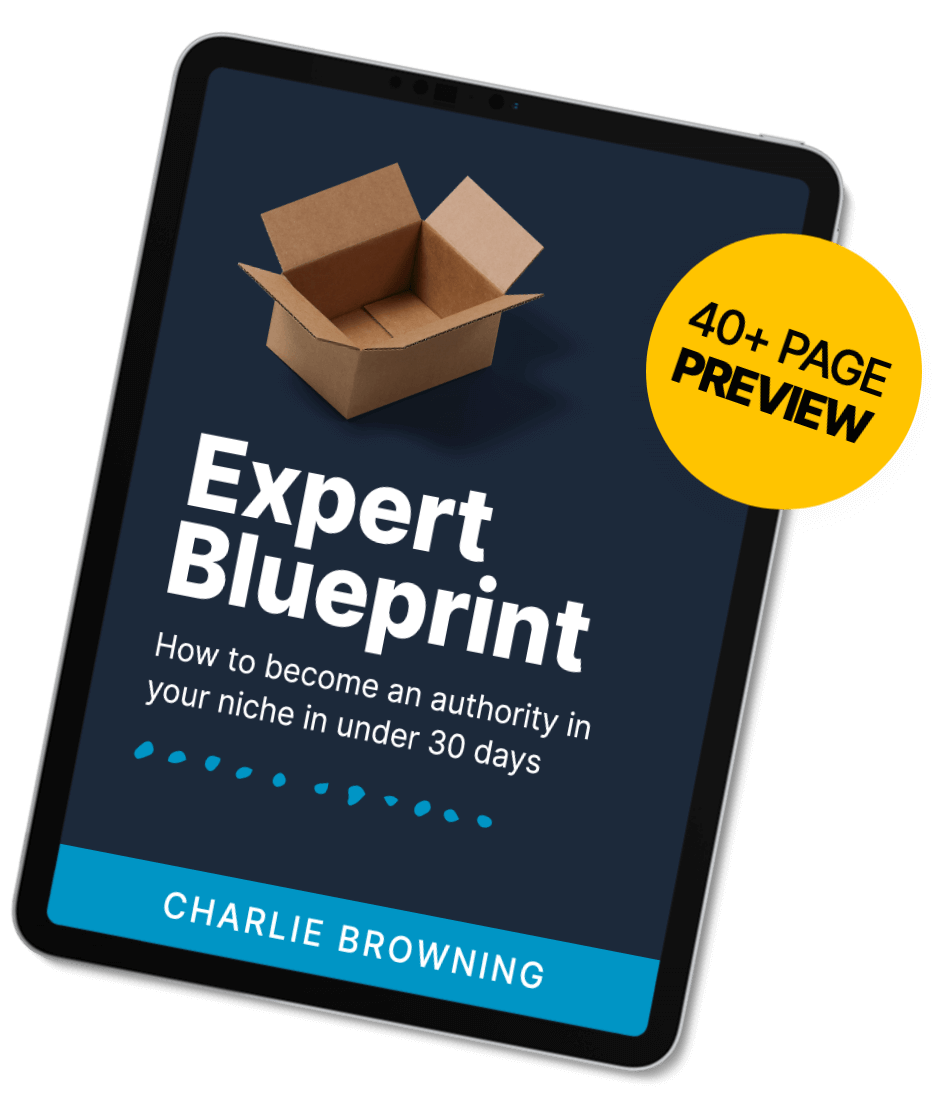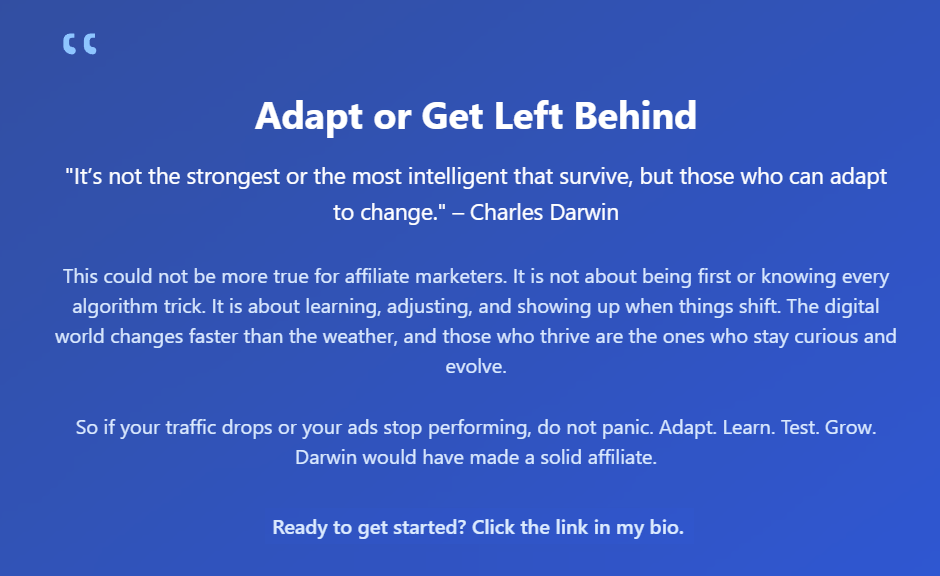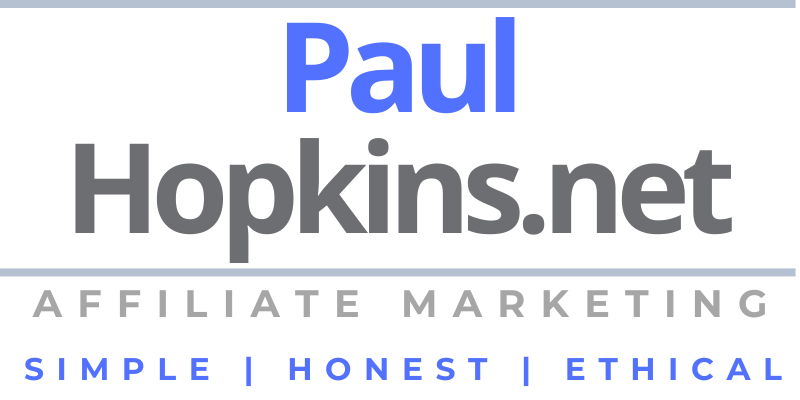
Content Marketing vs. Digital Marketing: A Comprehensive Comparison
In today's rapidly evolving marketing landscape, understanding the difference between content marketing and digital marketing is crucial for businesses aiming to reach their target audience effectively. Both strategies play pivotal roles, but their methodologies and impacts differ significantly. This article delves into these distinctions and discusses how both can be leveraged harmoniously for optimal results.
Understanding Content Marketing
Content marketing is a strategic marketing approach focused on creating and distributing valuable, relevant, and consistent content to attract and retain a clearly defined audience — and, ultimately, to drive profitable customer action.
Key Elements of Content Marketing
- Blogs: Informative articles that address your target audience's pain points and interests.
- Social Media Posts: Engaging content tailored for social media platforms to foster community and interaction.
- Podcasts: Audio content that provides in-depth information and stories to captivate listeners.
- Infographics: Visual representations of information that make complex data easily digestible.
- Videos: Dynamic content ranging from tutorials to brand stories, enhancing viewer engagement.
- eBooks: Comprehensive guides that provide valuable insights, often used as lead magnets.
Benefits of Content Marketing
Content marketing offers several advantages:
- Builds Brand Awareness: Regularly publishing quality content helps establish a brand's authority and trustworthiness.
- Engages and Retains Audience: High-value content keeps readers returning for more, fostering loyalty.
- Improves SEO: Quality content helps in enhancing search engine rankings and driving organic traffic.
- Supports Conversion: Well-crafted content can move potential customers through the sales funnel.
Understanding Digital Marketing
Digital marketing encompasses all marketing efforts that use an electronic device or the internet. Businesses leverage digital channels such as search engines, social media, email, and other websites to connect with current and prospective customers.
Key Elements of Digital Marketing
- Digital Ads: Paid advertisements on various digital platforms like Google, Facebook, and Instagram.
- SEO (Search Engine Optimization): Techniques designed to enhance a website's visibility on search engines.
- Email Marketing: Sending targeted emails to nurture leads and drive conversions.
- PPC (Pay-Per-Click) Ads: Online ads where advertisers pay each time their ad is clicked.
- Data Analytics: Tools and methods for tracking and analyzing marketing performance.
Benefits of Digital Marketing
Digital marketing brings several advantages:
- Measurable Results: Detailed analytics allow for monitoring campaign effectiveness and return on investment.
- Targeted Advertising: Ability to target specific demographics, regions, and user behaviours.
- Flexible Budgeting: Digital ads can be scaled according to budget and desired reach.
- Broad Reach: Potential to reach a global audience through various online channels.
Content Marketing vs. Digital Marketing: Key Differences
While there is some overlap between content marketing and digital marketing, they serve distinct functions and purposes.
Approach and Objective
Content Marketing focuses on creating valuable content to educate, inform, and engage the audience. It aims to build trust and long-term relationships.
Digital Marketing is broader and includes various online strategies (including content marketing) to drive traffic, generate leads, and convert prospects into customers.
Timeframe
Content Marketing typically shows results over a more extended period. It’s about steady growth and long-term brand building.
Digital Marketing can yield quicker results, primarily through PPC and digital ads, generating immediate traffic and leads.
Metrics of Success
Content Marketing success is often measured by engagement metrics such as page views, shares, comments, and time spent on the page.
Digital Marketing success is gauged by metrics like click-through rates (CTR), conversion rates, cost per acquisition (CPA), and overall ROI.
Integrating Content Marketing with Digital Marketing
To maximize marketing effectiveness, businesses should integrate both strategies:
Unified Strategy
Create a comprehensive strategy that complements content marketing efforts with digital marketing campaigns. For instance, use SEO to enhance the visibility of high-quality content or promote blog posts through targeted social media ads.
Data-Driven Content
Leverage digital marketing analytics to understand the performance of your content. Use this data to refine your content marketing strategy.
Consistent Branding
Ensure your brand message and voice are consistent across all content and digital marketing efforts. Consistency helps build a strong brand identity and trust.
Conclusion
Both content marketing and digital marketing are essential in today’s digital landscape. While they have unique characteristics and benefits, integrating them strategically can lead to superior marketing performance and business growth. By understanding their differences and how they complement each other, businesses can craft a robust marketing strategy that drives long-term success.






